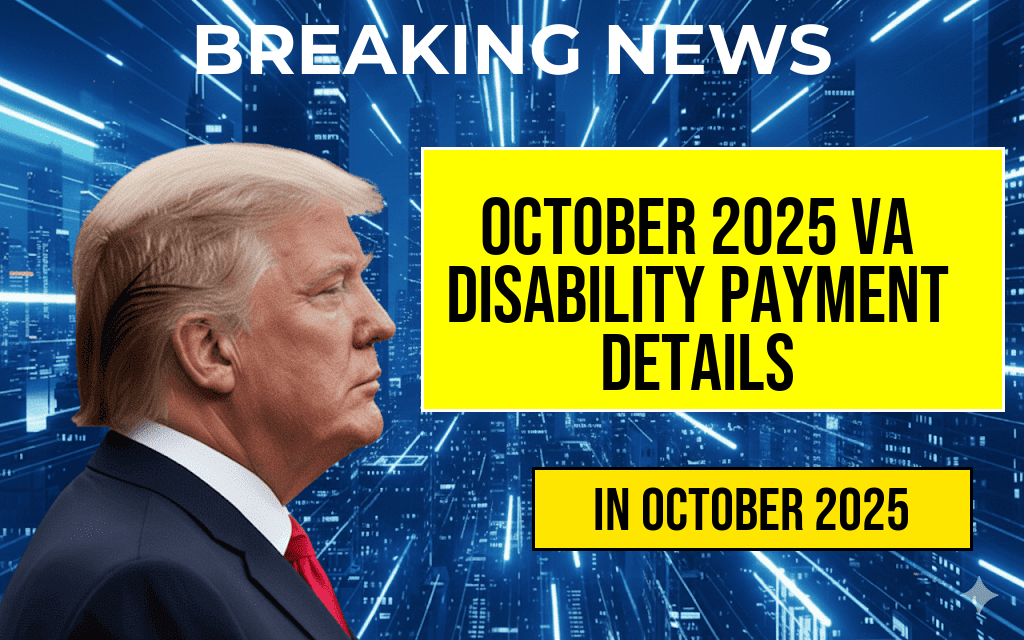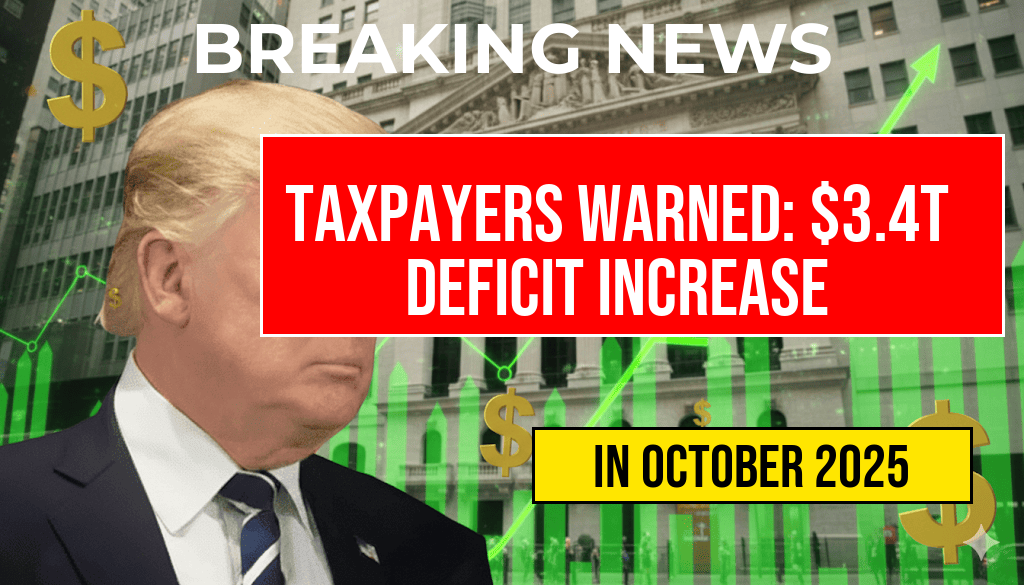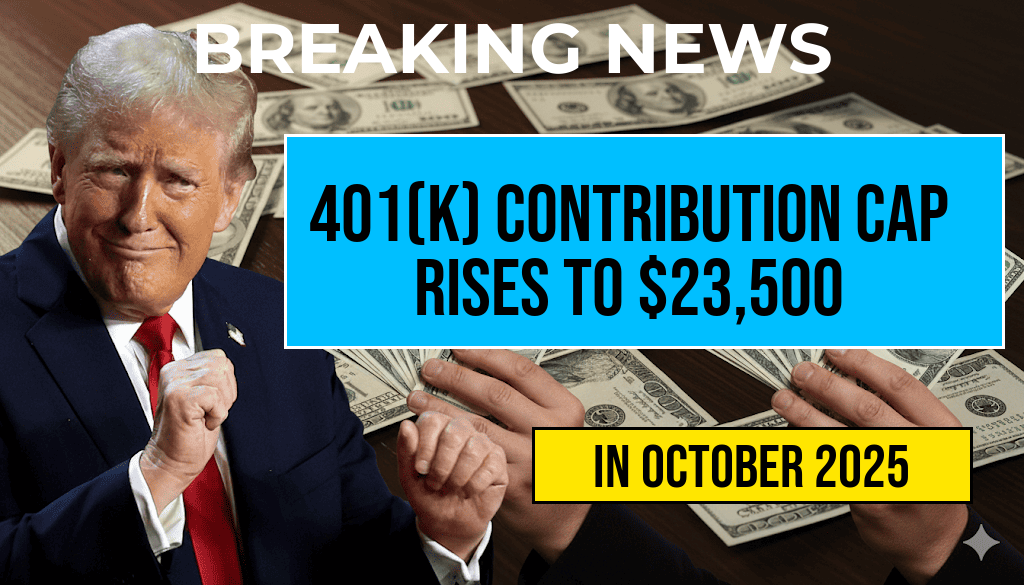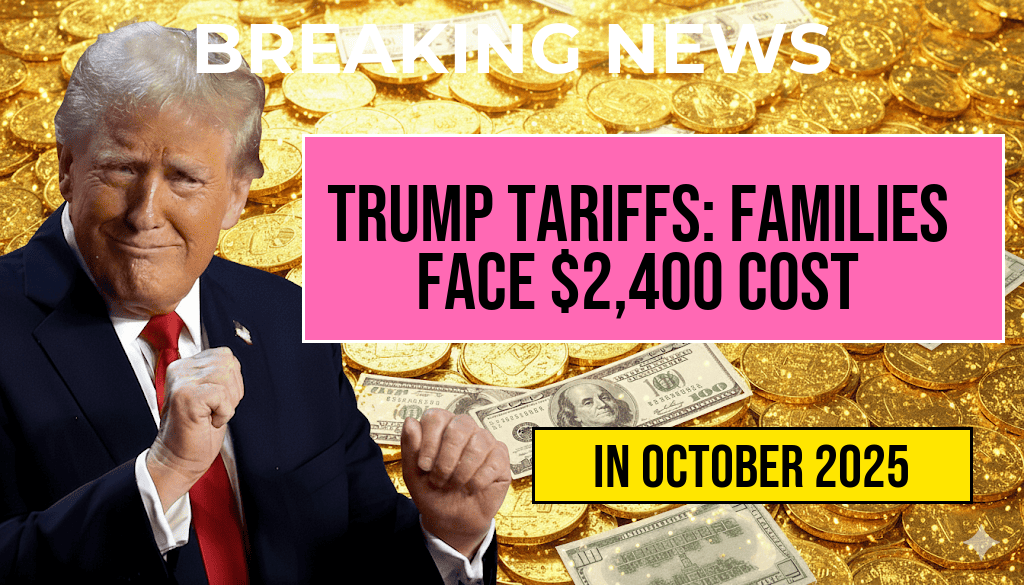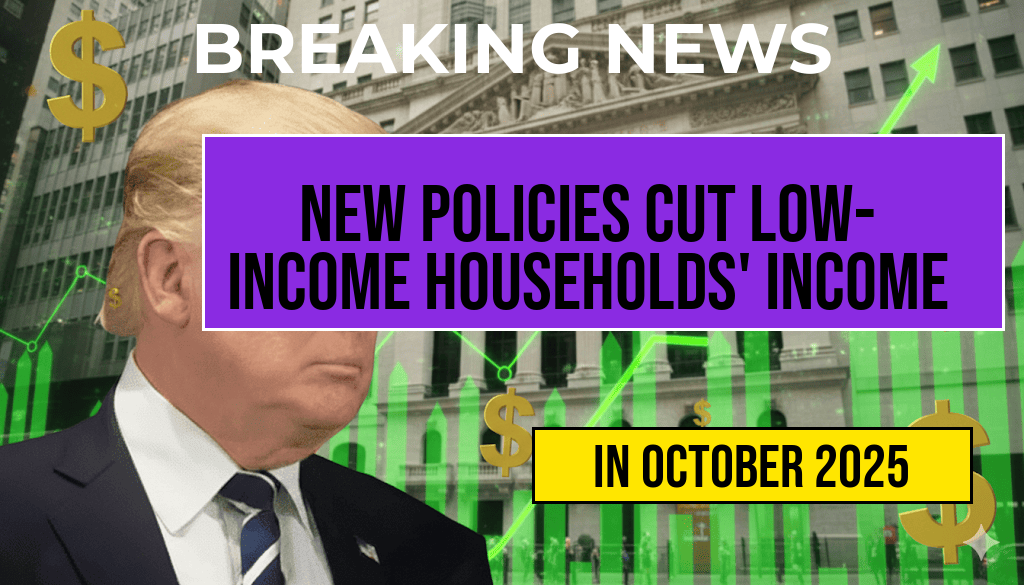Starting in 2025, employees will have the opportunity to increase their contributions to 401(k) retirement plans, with the limit set to rise to $23,500. This adjustment, announced by the Internal Revenue Service (IRS), marks a significant increase from the previous limit of $22,500 in 2023 and 2024. The new contribution cap aims to help workers save more for retirement amid rising living costs and inflationary pressures. With this change, individuals can take a proactive step toward securing their financial future, allowing them to maximize their retirement savings in a time when financial readiness is more crucial than ever. The increase also highlights the government’s commitment to encouraging retirement savings through tax-advantaged accounts.
Understanding the 401(k) Contribution Limits
The 401(k) plan is a popular retirement savings option provided by many employers, allowing employees to set aside a portion of their earnings before tax is applied. The contributions made to these plans are often matched by employers, which can significantly enhance the total savings for employees. With the new limit of $23,500 for 2025, employees have a greater opportunity to build a substantial nest egg for retirement.
Details of the Contribution Increase
The IRS typically reviews and adjusts the contribution limits annually, considering factors such as inflation and economic conditions. The increase to $23,500 reflects ongoing efforts to encourage higher savings rates among American workers. Here’s a quick overview of the contribution limits over the past few years:
| Year | Contribution Limit |
|---|---|
| 2023 | $22,500 |
| 2024 | $22,500 |
| 2025 | $23,500 |
The Implications for Employees
This increase in contribution limits provides several benefits for employees:
- Enhanced Savings Potential: The higher limit allows employees to contribute more towards their retirement savings, which can lead to a more comfortable retirement.
- Tax Advantages: Contributions to a 401(k) are made pre-tax, meaning employees can lower their taxable income while saving for the future.
- Employer Matching: Many employers offer matching contributions, which can significantly boost the total amount saved.
Who Can Benefit Most?
While all employees can benefit from the increased contribution limit, those close to retirement age or high-income earners may find it particularly advantageous. Higher contributions can help offset years of lower savings or provide a substantial financial cushion as retirement approaches.
Future Considerations
Looking ahead, the IRS may continue to adjust these limits based on economic conditions. Employees should stay informed about any changes, as maximizing contributions during working years is crucial for financial stability in retirement. For those who cannot afford to contribute the maximum, even smaller contributions can accumulate over time, thanks to the power of compound interest.
Financial planners often recommend reviewing retirement savings plans annually to ensure that employees are on track to meet their retirement goals. The increase in contribution limits serves as a timely reminder for individuals to assess their financial strategies and make adjustments as needed.
Resources for Further Information
For more details on retirement savings and the impact of contribution limits, visit:
As the landscape of retirement savings evolves, employees should take proactive steps to ensure their financial health and consider maximizing their 401(k) contributions in light of the new limits. The increase to $23,500 in 2025 marks an essential opportunity for many to enhance their retirement readiness.
Frequently Asked Questions
What is the new contribution limit for 401(k) plans in 2025?
In 2025, employees can contribute up to $23,500 to their 401(k) plans, marking a significant increase from previous years.
Why is the contribution limit for 401(k) plans increasing?
The increase in the 401(k) contribution limit is designed to help employees save more for retirement, addressing inflation and rising living costs.
Are there any catch-up contributions available for older employees?
Yes, employees aged 50 and older can make additional catch-up contributions to their 401(k) plans, allowing them to save even more for retirement.
How does the new limit affect employees’ retirement savings?
The higher contribution limit in 2025 allows employees to enhance their retirement savings potential, helping them build a larger nest egg for the future.
When can employees start contributing the new limit to their 401(k) plans?
Employees can start contributing up to $23,500 to their 401(k) plans beginning in 2025, with adjustments potentially available for payroll deductions and contributions.

